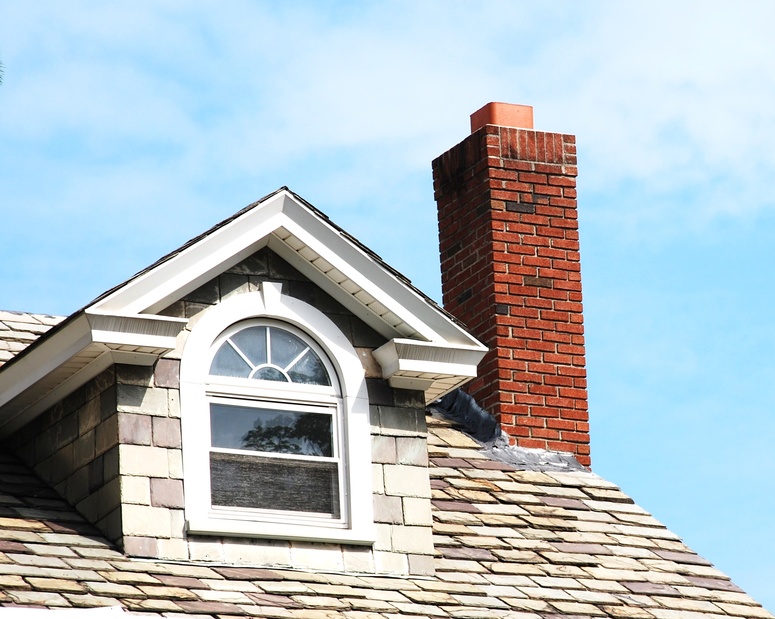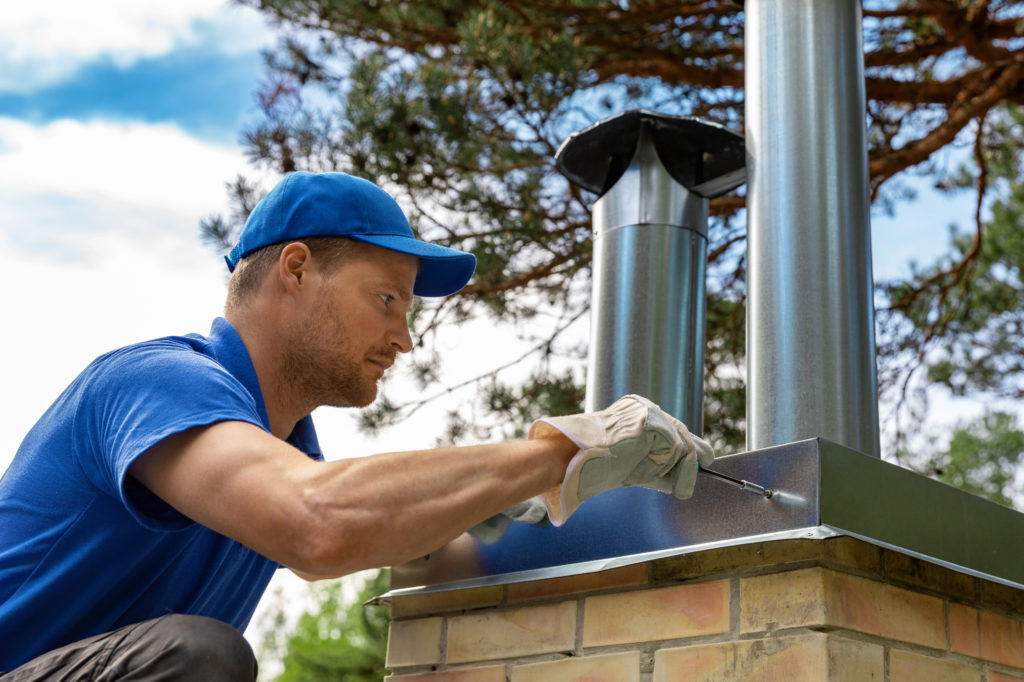Preventing Animals From Entering Your Chimney

08/15/22
Animals need a comfortable place to shelter from predators and weather that’s too hot, cold, or rainy. Unfortunately, wild animals might choose your chimney as their safe place, which will make your home less safe for you.
Luckily, with some expert advice and help from chimney professionals, you can prevent animals from entering your chimney.
What Kind of Animals Get Into Chimneys?
Some animals are more likely to seek shelter in your chimney than others, as they’re good at climbing (or flying) and can squeeze through small openings, such as:
- Bats
- Squirrels
- Birds
- Rats & mice
- Raccoons
Dangers of Animals in Chimneys
Having an animal nest in your chimney introduces several significant safety hazards, including:
Bad Ventilation
Chimneys are designed to have a specific type of airflow, with enough air to fuel the fire and enough air escaping to vent harmful fumes and smoke. With an animal nest blocking chimney ventilation, excess smoke could cause or exacerbate respiratory issues, or fume buildup could lead to carbon monoxide poisoning.
Fire Hazard
Nests tend to be made from flammable materials that can ignite when heat rises inside a blocked chimney, and the resulting fire would put your home and family at risk.
Disease Risk
Animals carry parasites and diseases like rabies, the plague, or the hantavirus, which is present in feces, urine, and saliva. Even if you avoid touching these secretions, an infection can result from breathing in the dust from dried particles.
How Can I Stop Animals From Entering My Chimney?
With expert advice and assistance, you can prevent animals from nesting in your chimney. Consider the following preventions to avoid animals entering your chimney:
Secure or Replace Your Chimney Damper
You open your chimney damper, which functions like a door whenever you start a fire, so that smoke escapes through the chimney instead of into the room. Dampers also bar animals if you keep it closed when there’s no trace of a fire.
“Throat” dampers rest partway between the fireplace and the top of the chimney, which still allows animals to enter and nest above the damper. A top-sealing damper, however, blocks the chimney top to stop animals from getting in. Top-sealing dampers also protect against downdrafts and water.
Install or Repair Your Chimney Cap

Another way to block animals is with a chimney cap. A chimney cap rests a few inches above the chimney with a screen or fine mesh blocking the gap between. It’s an effective barrier that allows for good ventilation and airflow.
Chimney caps also reduce downdrafts and block twigs and leaves from falling inside and onto the damper, where they could cause damage or a blockage. They also keep out precipitation that could cause water damage or form creosote. Created when soot and moisture mix, creosote has a strong, unpleasant odor and is caustic enough to deteriorate a chimney liner.
Schedule Annual Chimney Inspections, Cleaning & Maintenance
With annual chimney inspections and cleaning, you’ll stay on top of issues that make your chimney vulnerable to animals. Cleaning and maintenance also clear out creosote buildup, debris, and nests. These preventative measures will preserve your chimney and prevent unnecessary health and safety risks.
Count On Chimney.com for Chimney Sweeping, Restoration, Repair & Installation
For over 30 years, Chimney.com has delivered the best local chimney sweeping, restoration, repair, damper replacement, and more. We use premium materials and are one of a few local companies in the Maryland, Northern Virginia, and Washington, DC, area licensed by WSSC to service or reline gas appliances.
To get your free estimate on chimney repairs, cleaning, or installing a chimney cap or top-sealing damper, call (301) 989-3300 or contact us online!
